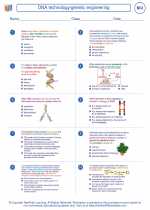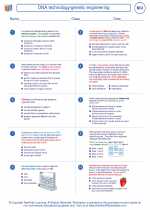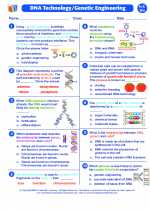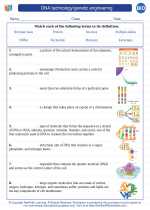Neogene
The Neogene is a geologic period that spans from about 23 million years ago to 2.58 million years ago. It is the second period of the Cenozoic Era, following the Paleogene period. The Neogene is further divided into two epochs: the Miocene and the Pliocene.
Key Events and Characteristics
- Continued diversification and evolution of mammals, including the appearance of early hominids.
- Global climate changes, including fluctuations in temperature and ice sheet growth.
- Rise of grasslands and expansion of savannas, leading to the adaptation of grazing animals.
- Continued tectonic activity and mountain building, shaping the Earth's surface.
Study Guide
1. Geological Events
Describe the major geological events that occurred during the Neogene period, including tectonic activity and its impact on the Earth's landscape.
2. Climate Changes
Explain the fluctuations in global climate during the Neogene, including the factors that contributed to these changes and their effects on flora and fauna.
3. Mammalian Evolution
Discuss the diversification and evolution of mammals in the Neogene, highlighting key species and their adaptations to changing environments.
4. Hominid Appearance
Explore the emergence of early hominids during the Neogene, including their anatomical features and behavioral adaptations.
5. Impact on Modern Ecosystems
Analyze the legacy of the Neogene period on modern ecosystems, considering the spread of grasslands, the evolution of grazing animals, and their influence on contemporary biodiversity.
6. Human Evolution
Investigate the relevance of the Neogene period to the evolutionary history of humans, including the environmental conditions and evolutionary pressures that shaped our ancestors.
.◂Biology Worksheets and Study Guides High School. DNA technology/genetic engineering

 Worksheet/Answer key
Worksheet/Answer key
 Worksheet/Answer key
Worksheet/Answer key
 Worksheet/Answer key
Worksheet/Answer key
 Vocabulary/Answer key
Vocabulary/Answer key
 Vocabulary/Answer key
Vocabulary/Answer key
 Vocabulary/Answer key
Vocabulary/Answer key
